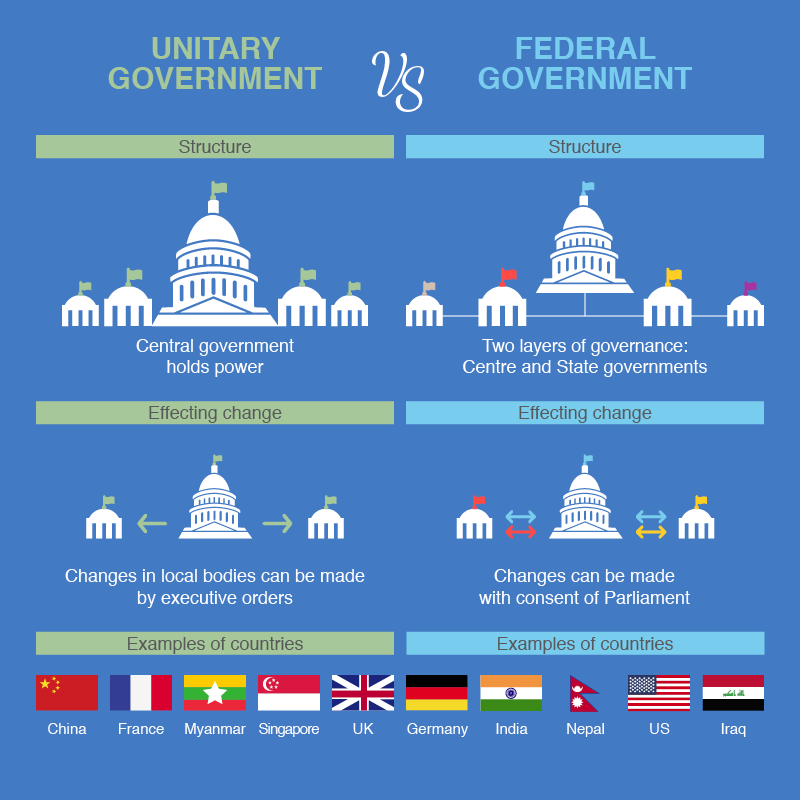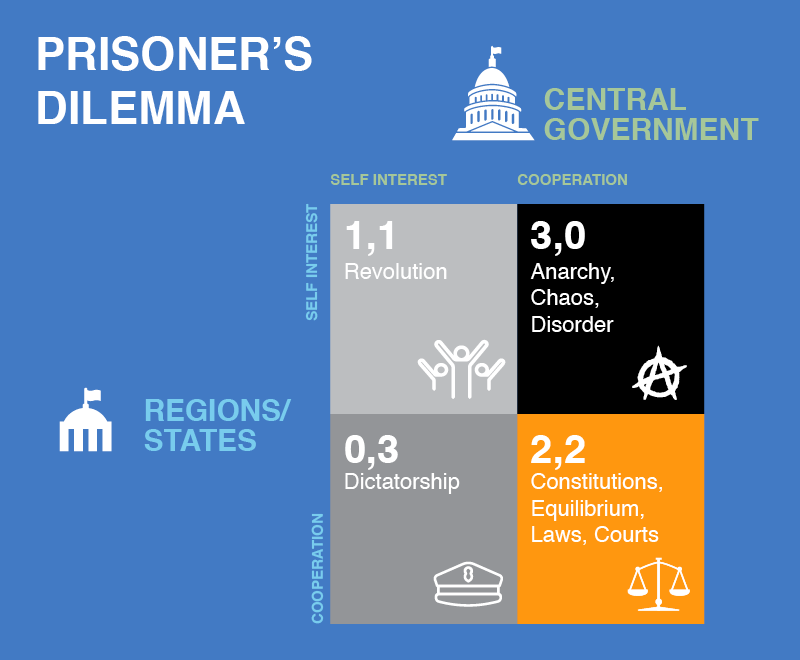Constitutional reforms entail huge risks for the future of a country. Eduardo Araral, Vice Dean of Research at the Lee Kuan Yew School of Public Policy, explains why and how Game Theory can be used as a tool to predict worst-case scenarios and map out strategic solutions to ensure that the best possible outcome is achieved.

Philippine President Rodrigo Duterte's administration is currently trying to undertake the mammoth task of a constitutional overhaul, following his election promise to move from the unitary system to federalism. True to his word, he has initiated a bid for charter change, or Cha-cha' as it is referred to in the Philippines. As countries rarely undertake such drastic constitutional reform, this provides a good opportunity to observe and analyse how best a government can design a new constitution.
A country's foundation lies in its constitution, which is a set of political principles by which it is governed. The Philippines' current unitary system, which sees the central government holding all the power, has been condemned for perpetuating Manila imperialism', as local income is siphoned to buff up the coffers of the central government and Metro Manila.
It is believed that switching to federalism will help the Philippines address inequality and enable local governments to manage their own development without the interference of the central government. However, as constitutional reform is risky, what should policymakers in the Philippines consider when designing a new constitution?

Tackling constitutional conundrums
The strength of a constitution depends on whether it is respected and upheld by the different actors involved. Due to very few examples of countries that have undertaken constitutional reform, the Philippine administration may have to rely on trial and error. Taking the example of Thailand, its 19 constitutional reforms in less than a century have failed to prevent political turmoil. Other countries, however, have introduced amendments over the years to better success.

The U.S. constitution is regarded as relatively stable and the country remains a good example of how a federal system should work. The era of Trump in particular has shown how state governments serve to provide checks and balances by maintaining some autonomy over local policies such as same-sex marriage, and exerting pressure on the federal government for issues such as immigration.
If a constitution is poorly thought out, it could lead to civil wars and unrest, as seen in the cases of many postcolonial states. In Africa, colonial powers drew artificial borders without regard for natural geographic distributions of ethnic groups and imposed constitutions that were detached from the historical realities of the continent, leading to decades of civil war.
Similarly, Myanmar has experienced ethnic clashes since its independence in 1948, despite the adoption of a new constitution in 2008. Given that the Philippines is also experiencing ethnic conflict in the south, how can it prevent further turmoil with its new constitution?
Game Theory as a tool for analysing constitutional design
Game Theory could provide the answer, as it allows governments to predict worst-case scenarios and prepare suitable solutions.

One game, in particular, the prisoner's dilemma, is often used to study strategic interactions in politics. Using the analogy of two prisoners being separately interrogated, it stipulates that rational actors will act in self-interest and betray each other for better individual payoffs. This yields worse outcomes than if they had cooperated. The model allows for the consideration of various permutations of actors' decisions and possible outcomes.
In this context, the actors involved are the central government and collective states. The interest of the central government is to enforce rules in order to maintain social order. States, however, may have incentives not to cooperate if their interests do not align with the central government's. Based on the diagram (above), there are four possible outcomes we can consider.
- If both the central government and states pursue their own interests, a possible outcome could be revolution. Parts of the world that have experienced this include Egypt, Chechnya and Palestine.
- If the central government cooperates but states pursue self-interest, anarchy and disorder will occur. Governments tend to quickly quash such uprisings, but there have been past attempts to form anarchist societies, such as the revolutionary 1918 Makhnovist movement in Ukraine.
- Conversely, if states comply but governments act in self-interest, the regime tends to turn into a dictatorship, such as in Zimbabwe and North Korea.
- When both actors cooperate, equilibrium is achieved.
However, in reality it is rarely that simple to achieve equilibrium. The Nash equilibrium posits that unlike the clueless actors in the prisoner's dilemma, governments and states have knowledge of each other's positions and have a range of actions they can take instead of merely cooperating.
It is hence more realistic to try to achieve Pareto optimality, which means achieving equilibrium through an effective allocation of resources such that one actor's gain would result in another actor's loss. This more accurately reflects the natural social order.
Working towards equilibrium
Game Theory therefore demonstrates that governments should provide incentives for states to cooperate in order to achieve equilibrium. Incentives are further necessary as cooperation itself has a price, usually in the form of being subjected to federal taxes or federal immigration laws, among other things. Given this knowledge, how can incentives be included in constitutional design?
India, for example, recently introduced a constitutional amendment to implement a uniform nationwide Goods and Services Tax. Some states initially opposed this, fearing loss of fiscal autonomy. However, policymakers gained their cooperation by assuring them that this would ultimately benefit them, as reducing taxes and improving the ease of doing business would help to attract more investment. Acting selfishly may appear to have a better payoff at first, but cooperating with the central government increases the collective economic value of the region.
A looking at other constitutional designs around the world reveals that many societies moving towards ideals of popular sovereignty essentially, the people's rule which is the basis for federalism. It is hence essential for the Philippines' new constitution to articulate incentives that represent these ideals in order to inspire trust among the people, and by extension, the states.
In that light, mechanisms to ensure accountability, prevent abuses of power and uphold state sovereignty should also be considered for inclusion. One example could be a bill of rights as popularised by the West which will preserve fundamental human rights. Another necessary element is a separation of powers to allow for checks and balances, as exemplified by the U.S. constitution's separation of the executive, legislative and judicial branches of government.
Undertaking such a huge constitutional overhaul in the Philippines requires much careful deliberation, and it may take a few rounds of trial and error to achieve equilibrium. By ensuring that the interests of all parties are adequately represented, the move would have a higher chance of success.
This piece was written by Prethika Nair based on an interview given by Eduardo Araral, Vice Dean and Associate Professor at the Lee Kuan Yew School of Public Policy. Eduardo is currently leading a project on Constitutional reform in the Philippines. The project aims to achieve a more efficient, accountable, equitable and responsive distribution of power.